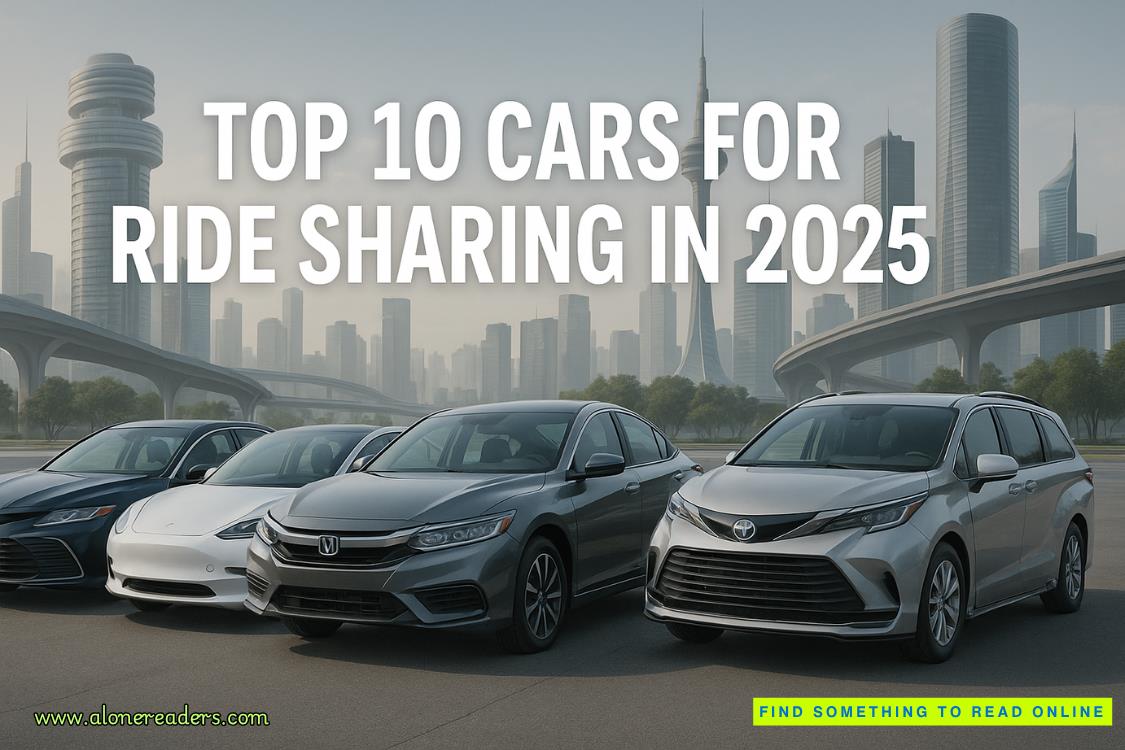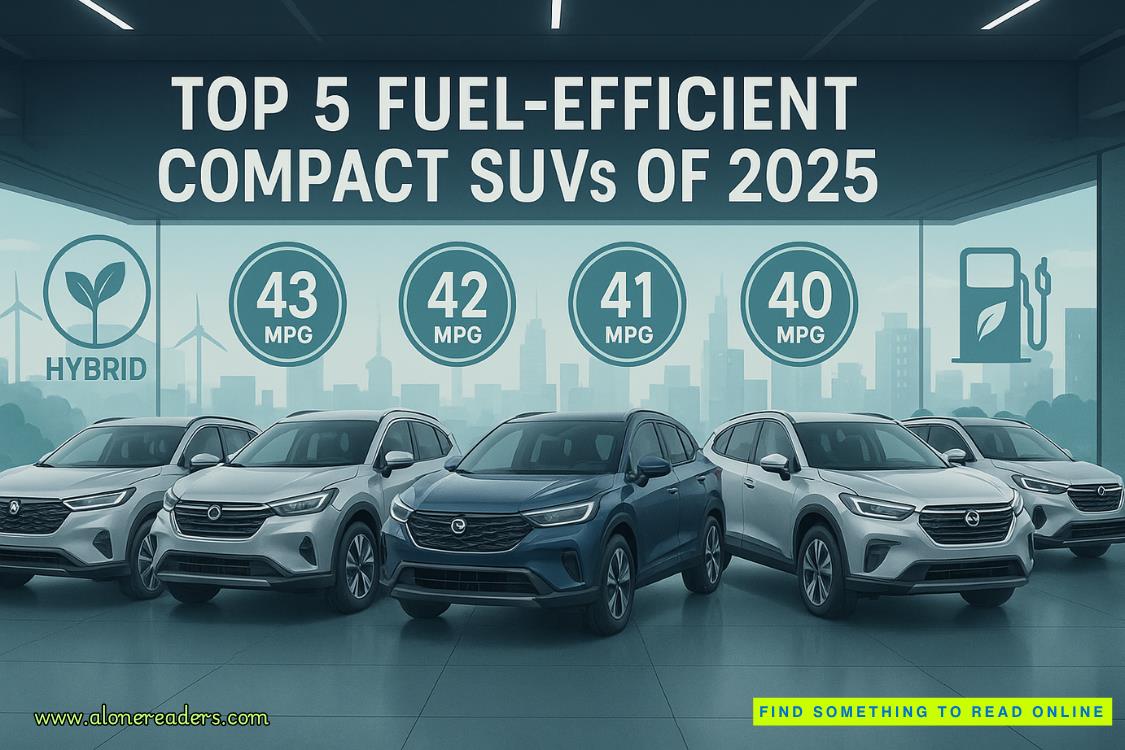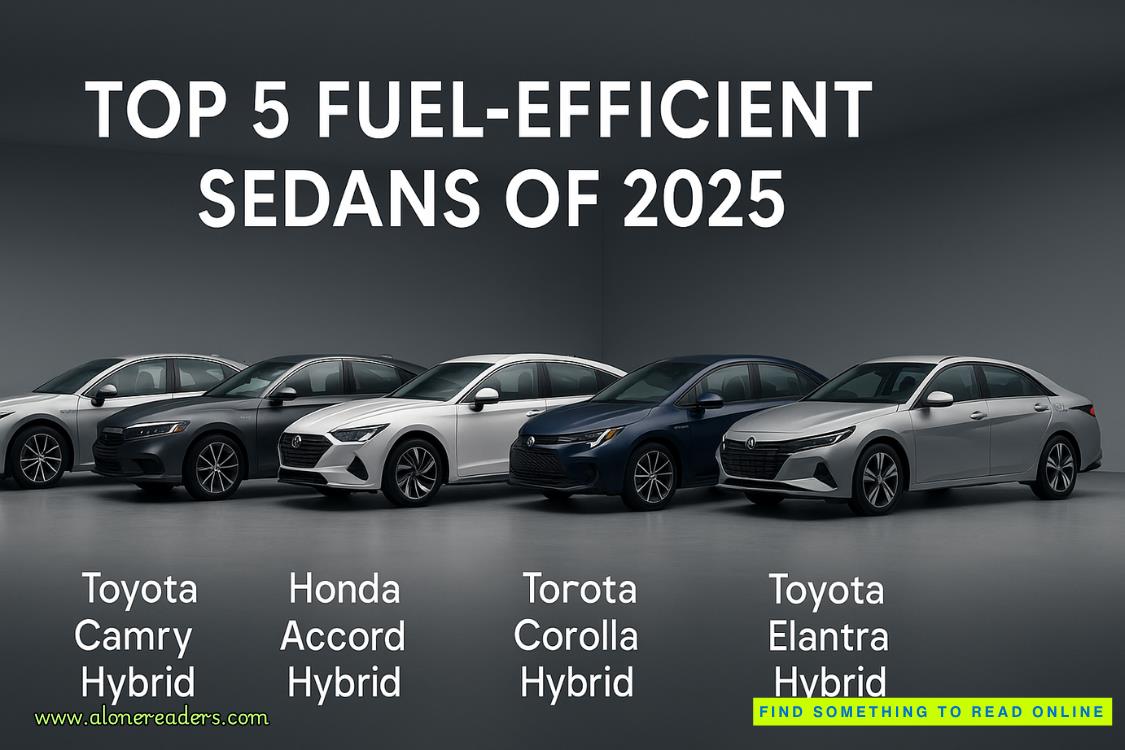Page 13 of The Vines Between Us
"Hugo—" I started, not knowing what I intended to say.
"Your milk is getting hot," he interrupted gently, nodding toward my grocery basket.
I glanced down, saw the condensation coming off the glass container staining the paper bag. "Right. Yes."
He took a step back, creating distance between us. "Welcome home, Alexandre."
Then he turned and walked away, following the path that would take him to his own vineyard, his own struggles. I watched him go, fighting the urge to call him back, to ask all the questions that burned in my throat.
Instead, I picked up my groceries and retreated into the domaine, telling myself the ache in my chest was just fatigue, not the sharp pain of seeing everything I'd left behind—and everything I might have had if I'd made different choices fourteenyears ago.
I couldn't sleep. The scope of Domaine Moreau's deterioration haunted me—every broken trellis, every diseased vine, every piece of failing equipment. At 3 AM, I gave up on rest and did what I always did when facing an impossible situation: I opened my laptop.
The familiar glow of Excel soothed me in a way nothing else could. For eleven years, I'd dissected failing companies, analyzed market conditions, and built strategic plans for corporate recovery. A vineyard was just another business, wasn't it?
I started with what I knew, creating a comprehensive spreadsheet:
DOMAINE MOREAU - SITUATIONAL ANALYSIS
Assets:
- 24 hectares of vineyard (12 hectares salvageable, immediate assessment)
- Historic manor house (needs major repairs)
- Equipment shed with vintage machinery (mostly non-functional)
- Wine cellar with aging infrastructure
- Brand heritage (Moreau name recognized in region)
- Strategic location adjacent to Domaine Tremblay
Liabilities:
- €600,000 outstanding debt to Crédit Agricole
- €85,000 in unpaid property taxes
- €25,000 in utility arrears
- Equipment replacement needed: €150,000 minimum
- Vine rehabilitation: €200,000 estimated over 3 years
I sat back, staring at the numbers. In corporate terms, this was a classic restructuring scenario—too much debt, too little cash flow, aging infrastructure. In Paris, I would have recommended immediate liquidation.
But this wasn't Paris.
I opened a new tab and began researching. Years of market acquisitions experience had taught me to analyze industries thoroughly. What I found about the wine business surprised me.
MARKET ANALYSIS - SAINT-ÉMILION APPELLATION:
- Land values: €50,000-€80,000 per hectare for prime terroir
- Average production costs: €8,000-€12,000 per hectare annually
- Premium bottle pricing: €25-€150 for established estates















